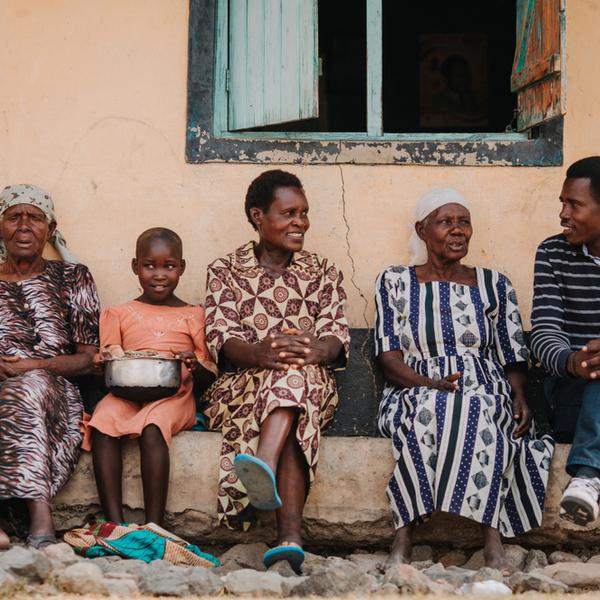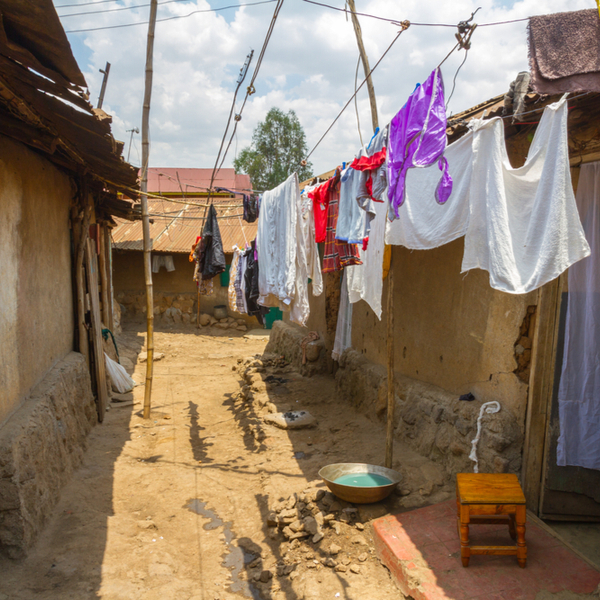Getting to grips with Kenya culture could take a lifetime. The number of tribes in Kenya alone means there’s a wonderful mix of beliefs, cultures, traditions and ways of life to investigate during your stay. Kenya’s history has brought explorers from far and wide, looking for everything from their fortune to a new generation of people to welcome to their religion. And of course, those past explorers and modern day ex-pats all add to Kenya’s cultural mix. We’ve given you just a snippet of what life in Kenya is like below. But the best way to find out? Hop over on a plane and chat to a local about it over a brew…
Life in Kenya
Daily life in Kenya, often starts much like any other the world over – with a hot cup of chai (tea). After that? That all depends on which tribe you’re from, whether you live in central Nairobi or in a remote village. Which all rather states the obvious. But, Kenya’s culture can be hard to pin down. With tribe numbers racking up to over 40 plus, there’s a lot to unpack. In rural Kenya, life is fairly simple. The focus is on the land, crops and just getting on with the daily business of providing food, shelter and schooling for the tribe members. Conservation is a big deal here – and though there are some human vs wildlife conflicts occasionally, the country is united in protecting the endangered treasures that live in – or migrate through, Kenya’s grasslands.

On the streets of Nairobi? Life’s lived a little faster, but you’ll still find plenty of wildlife encroaching on the city boundaries. Tribes form here too – though they tend to be ex-pat cliques. There’s one thing you can be sure of, wherever you are in Kenya – a cheery greeting. Expect to give everyone a warm and smiley jambo! A Swahili version of hello that’s on everyone’s lips.

History
This part of Africa has seen its fair share of explorers, tribes, settlers and missionaries breezing through the plains since around 2000 BC. Whether they were all following a primal urge to get back to where life allegedly began – The Great Rift Valley – we’ll never know. But each arriving tribe and group brought outside influences, religions and, often, war with them. Until around 900 AC, most tribes that made it here were from other parts of Africa. Then the Arabs arrived, bringing trading and Islam to Kenya’s people. The Portuguese colonised huge swathes of land after Vasco da Gama sailed here and Christian missionaries flocked here determined to increase their number of followers.
In the 1880s, the British began their push to control the country, largely succeeding. The building of the Uganda Railway, and the lure of easy commerce, only attracted more British settlers, and Indian workers, until the 1960s, when Kenya gained back its independence.
People
Kenya’s inhabitants are a diverse bunch. Which is to be expected with a history that brought people from far and wide to seek their fortune, convert believers or trade goods. But the tribes in Kenya far outnumber any immigrants. And getting to know them all could take some time. Over 40 tribes all have individual customs, languages and cultures to learn from. All are governed by a patriarchal society, with most measuring wealth by the number of cattle they own and the children they’ve raised. In Kenya, you can have a huge herd of cows, but if you’ve not fathered any children, you will still be seen as poor. Of all the tribes in Kenya, the Kikuyu is the largest, with the Maasai tribe coming in 6th place – in terms of population. Both largely depend on livestock for their livelihoods.

Orbzii tip: With so many tribes – and an eclectic population of ex-pats from across the globe, you’re probably wondering what language is spoken in Kenya. Officially, Swahili and English are used across Kenya – though there are around 70 languages spoken in total.

The Maasai Tribe
These are the indigenous people most of us associate with Kenya. Nomadic, the women of the tribe build temporary huts within a fenced off area to protect the people and animals from nocturnal predators. Fiercely protective of their traditions and way of life, most tribe members are resisting moves towards a western lifestyle. Daily life revolves around caring for their cattle – which also denotes their wealth and status within the tribe. Skilled at art and crafts, some have diversified to make goods to sell at the Maasai markets that pop up across Nairobi each day. Their colourful clothing denotes everything from gender and age to the location of the tribe and their favourite way to celebrate? Music and dance. Though, no one uses any instrument, other than their voice.
Food
Though the pervasive creep of western fast food joints has reached Kenya’s borders, there are still plenty of foodie finds for experimental taste buds to test. Kenya’s meals vary across tribal areas, but there’s a common ground shared across the country, usually drawing on the staple crops. Ugali could be Kenya’s national dish. High on the list of must tries, it’s a simple maize-based porridge that’s served alongside stews, rice and just about anything. Indian influences can be found across the menu – from street food vendors serving spicy samosas to familiar sides of pilau rice and chapatis. But, as is often the case, the most favourite meals are the simplest. You’ll find nyama choma just about everywhere. Essentially, just barbecued meat with a little salt seasoning, the secrets in the slow cook approach which leads to the tenderest meat.

Away from the hot coals, plant-based diners will fair well in Kenya, many traditional stews such as sukuma wiki (greens, spices and onion) or maharagwe (beans, tomatoes, coconut milk and onion) are entirely vegan – and usually served with ugali or chapatis.

Photography
Wherever you travel, it’s pretty much the norm to be careful where you point your camera lens. Especially when you’re in snapping distance of airports and government buildings. But in Kenya, you’ll also want to consider keeping your camera – or phone, stowed away if you’re taking a tour of one of the region’s slums. Yes, security plays a part. But with ethical question marks floating over the tours, it’s always best to be on the cautious side. If you do want to document your time there, in a respectful way, the best advice is to always ask permission of anyone who may be in the frame.
Conservation
Don’t forget to pack your bag for life. An essential bit of kit for life in Kenya, this country is understandably keener than most to protect the environment. With wildlife bringing hundreds of thousands of visitors to Kenya every year, plastic bags are banned across the country. Of course, conservation efforts range a little wider than that. Over 60 national parks and reserves protect around 580,000 square kms of Kenya’s wilderness.




















